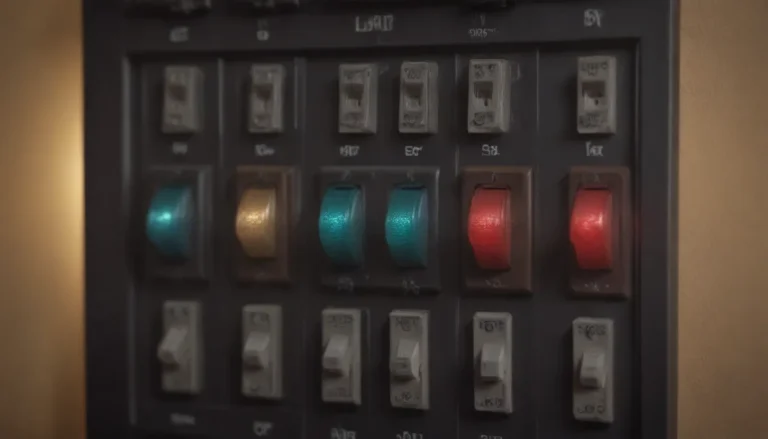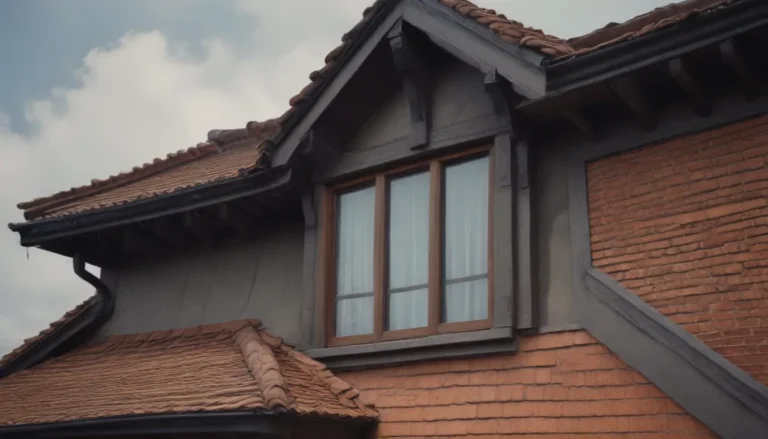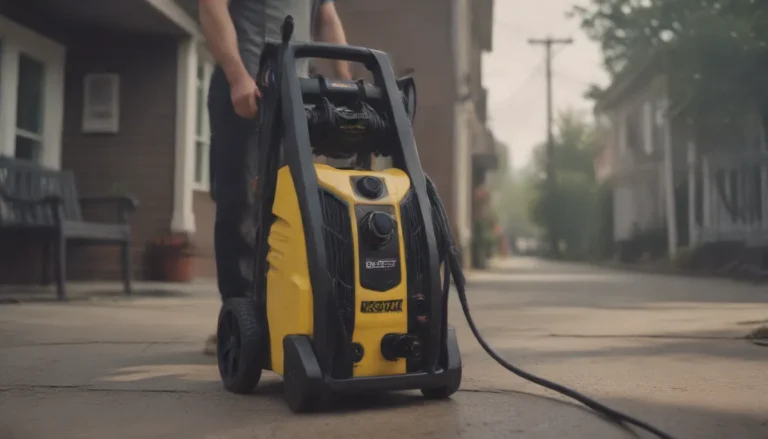Understanding Ground Faults and Short Circuits: What You Need to Know

Electrical issues can be a homeowner’s worst nightmare, especially when they result in a sudden loss of power. Two common culprits for this problem are ground faults and short circuits. While these issues may seem similar, they have distinct differences that are important to understand. In this comprehensive guide, we will delve into the world of ground faults and short circuits, exploring their similarities, differences, causes, and prevention methods.
Ground Faults vs Short Circuits: Exploring the Variations
When it comes to electrical problems, ground faults and short circuits are frequently the culprits behind malfunctioning circuits. While both can lead to a loss of power and potential safety hazards, they differ in how they occur and the consequences they bring.
-
Short Circuits:
A short circuit happens when two nodes of an electric circuit that are meant to be at different voltages come into contact. This occurs when a “hot” conductor comes in contact with a neutral or ground conductor. In simple terms, a short circuit happens when the hot and neutral wires touch, causing a high current flow that can lead to blown fuses or tripped circuit breakers. Common causes of short circuits include loose connections in the fuse box or overloaded circuits. -
Ground Faults:
On the other hand, a ground fault occurs when an energized conductor unintentionally comes in contact with the equipment frame or the ground. Unlike short circuits where the hot and neutral wires touch, in a ground fault scenario, the hot wire touches the ground. Ground faults can also result in blown fuses, tripped circuit breakers, and may be detected by Ground Fault Circuit Interrupter (GFCI) outlets. These faults can be caused by damaged wiring or insulation issues.
Key Differences:
- In a short circuit, the hot and neutral wires touch, while in a ground fault, the hot wire touches the ground.
- Short circuits can be caused by loose connections or overloaded circuits, while ground faults are often due to damaged wiring or insulation issues.
- A GFCI outlet may act as an alert in the case of a ground fault, while a short circuit may be detected by smoke or sparks.
Unpacking Ground Faults: What You Need to Know
A ground fault is a type of fault where the unintentional pathway of electrical current flows directly to the ground. This results in abnormal electricity flow and a sudden reduction in resistance, leading to a tripped circuit breaker.
For electricians, a ground fault is typically defined as a situation where a hot wire makes contact with either the grounding wire or a grounded portion of the system. The main danger of ground faults lies in the risk of shock if a person comes in contact with the path of least resistance to the ground. Protection against ground faults is provided by circuit breakers and grounding wires in the circuits that offer a direct pathway back to the ground.
Signs of a Ground Fault:
- Tripped circuit breakers
- Flickering lights
- Burning smell near electrical sources
- Clicking and buzzing sounds from outlets
To prevent ground faults, it’s essential to test ground fault equipment regularly and check for worn wire insulation. Installing Ground Fault Circuit Interrupter (GFCI) outlets can also help mitigate the risk of ground faults, especially in locations prone to moisture or humidity.
Breaking Down Short Circuits: An Inside Look
A short circuit occurs when electrical current strays outside its intended circuit with little to no resistance. This can happen when bare wires touch each other or connections become loose, causing a sudden increase in current flow.
For electricians, a short circuit is often defined as a situation where a hot wire makes contact with a neutral wire. The primary danger of short circuits is the risk of arcing or sparking, which can lead to fires or electrical hazards. Protection against short circuits is mainly provided by circuit breakers or Arc-Fault Circuit Interrupter (AFCI) devices that can detect sparking and shut off the current.
Common Causes of Short Circuits:
- Bare wires touching
- Loose wire connections
- Insulation breakdown
- Damaged electrical cords or extension cords
To prevent short circuits, it’s crucial to update outlets that are over 15 years old, perform annual circuit breaker maintenance, and ensure that all wiring is intact and insulated properly.
When It’s a Ground Fault or a Short Circuit: Safety Tips for Homeowners
Both ground faults and short circuits can occur if proper precautions are not taken when working on electrical circuits. To avoid these issues and potential hazards, always remember to turn off the power to the circuit before making any repairs or adjustments. Here are some safety tips for homeowners:
-
Common Causes of Ground Faults:
- Physical contact due to lightning or storm damage
- Worn wire insulation
- Moisture or humidity in the environment
-
Common Causes of Short Circuits:
- Bare wires touching
- Loose wire connections
- Damaged electrical cords
By following these safety tips and understanding the differences between ground faults and short circuits, homeowners can mitigate the risk of electrical accidents and protect their properties from potential damage.
In conclusion, ground faults and short circuits are common electrical issues that homeowners may encounter. Understanding the differences between these problems, their causes, and prevention methods is crucial for maintaining a safe and functional electrical system in your home. By staying informed and taking proactive measures, you can ensure the safety of your household and prevent costly electrical repairs in the future.





